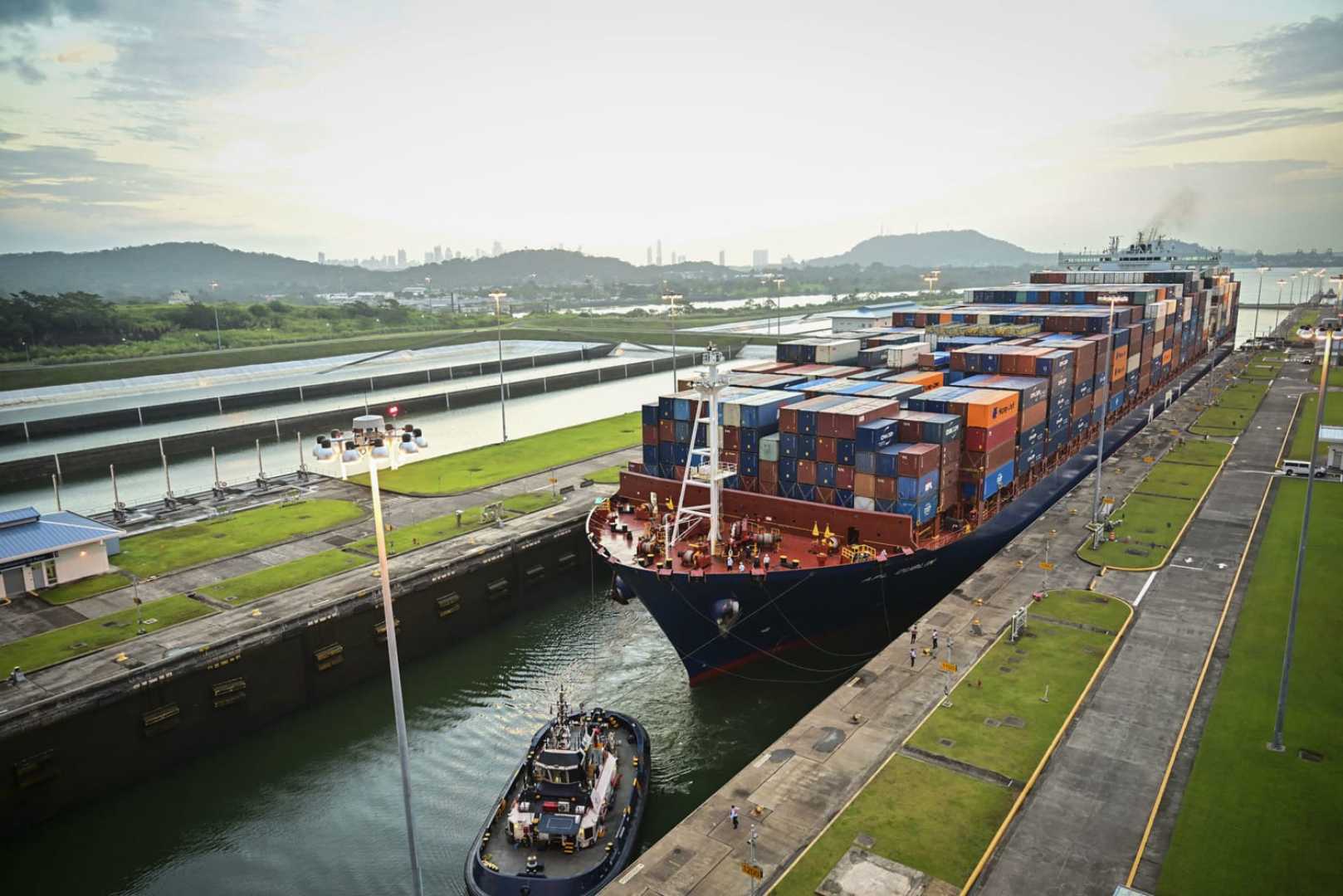Politics
White House Considers Troop Increase in Panama for Canal Control

WASHINGTON — The White House has instructed the U.S. military to explore options for increasing the American troop presence in Panama following President Donald Trump’s statements about ‘reclaiming’ the Panama Canal. This directive comes on the heels of Trump’s recent joint address to Congress, where he emphasized enhancing national security through regaining control of the canal.
U.S. Southern Command is currently formulating potential strategies, which could range from strengthening cooperation with Panamanian security forces to the more aggressive option of deploying troops to seize control of the canal. According to two officials familiar with the planning, the likelihood of using military force hinges on the willingness of Panama to collaborate closely with U.S. forces.
Adm. Alvin Holsey, the commander of U.S. Southern Command, recently presented draft plans to Defense Secretary Pete Hegseth, who is slated to visit Panama next month. Officials caution that a direct military invasion remains improbable unless diplomatic efforts fail to bolster U.S. military presence in the region.
Trump’s administration seeks to bolster the U.S. military in Panama to mitigate China‘s growing influence around the canal. Some U.S. officials assert that China’s involvement poses a risk to American shipping interests. Chinese entities have been reported to pressure Panama on infrastructure projects, raising concerns about their potential control over the strategic waterway.
During a visit to Panama last month, Secretary of State Marco Rubio expressed worries to Panamanian President José Raúl Mulino over China’s encroachment. Mulino assured Rubio that Panama retains full control of the canal, firmly denying any plans to cede operations to China.
Trump has previously mentioned the need to counteract China’s presence near the canal, warning that Beijing could restrict access in times of conflict. He reiterated this strategy in his address to Congress, claiming, ‘Just today, a large American company announced they are buying both ports around the Panama Canal.’ This company is reportedly BlackRock, part of a group acquiring a stake in ports managed by a Hong Kong-based firm for approximately $22.8 billion.
U.S. officials emphasize that the military’s role would evolve based on Panama’s cooperation. Current options under consideration include securing safe passage for U.S. ships through the canal, restoring complete U.S. operational control over the waterway, and even establishing Army Jungle Schools in Panama, similar to training programs conducted before the canal’s handover in 1999.
The canal, a critical global shipping route, operates under the framework of its neutrality established by Panama’s Constitution. Blocking it would result in shipping delays, leading vessels to navigate around South America, thus inflating costs and transit time.
Since the canal’s construction from 1904 to 1914, U.S. control was formalized until its transfer to Panama under a treaty signed by President Jimmy Carter in 1977. Military intervention occurred in 1989 to depose Panamanian leader Manuel Noriega, who was later convicted on drug trafficking charges. Trump’s current initiatives are seen as a resurgence of U.S. interest in the canal, echoing sentiments from past administrations.
Officials have not ruled out increased military options but underscore that actions would depend on the evolving geopolitical landscape and Panama’s response to U.S. proposals.












